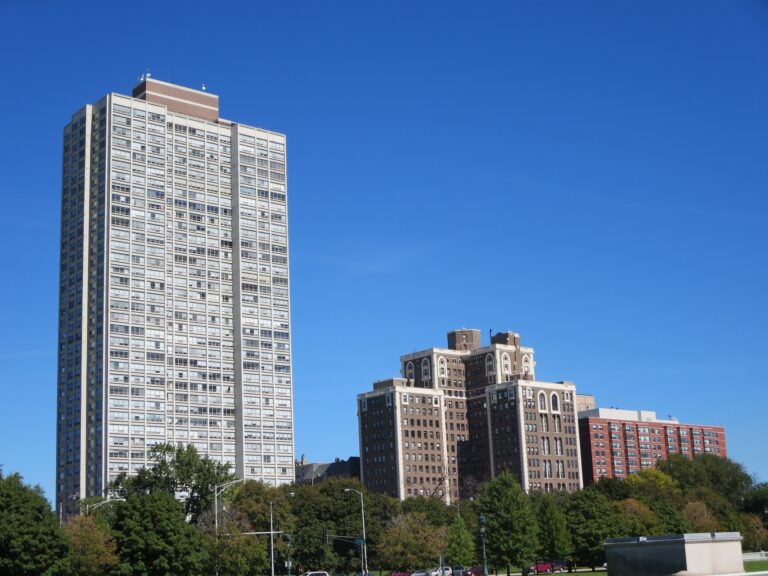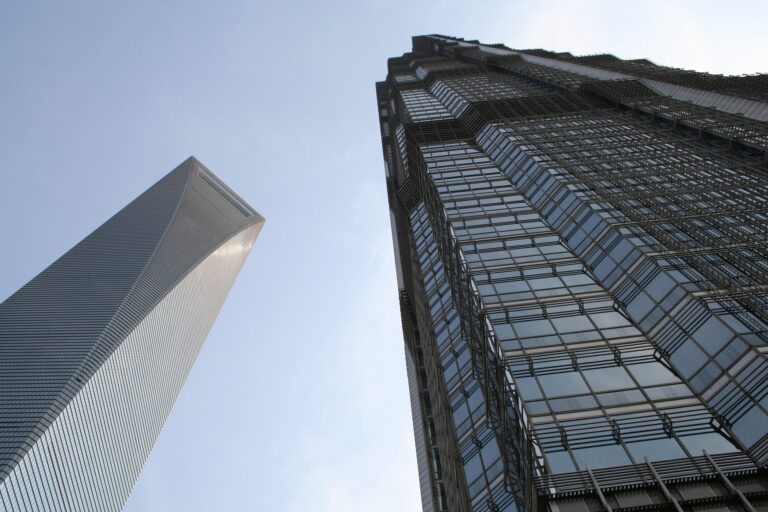The retail industry is a vital component of the Indonesian economy, accounting for a significant share of the country’s GDP and providing employment opportunities to millions of people.
Indonesia is Southeast Asia’s largest economy and the world’s fourth most populous country, making it an attractive market for retailers. In this article, we will provide an overview of the retail industry in Indonesia, including its important segments, trends, regulations, challenges, and interesting statistics.
Overview of the Retail Industry in Indonesia
The retail industry in Indonesia is diverse and fragmented, ranging from traditional markets and small shops to modern hypermarkets and online retailers.
The industry is dominated by domestic players, but international retailers are increasingly entering the market to capitalize on the country’s growing middle class and rising consumer spending.
Important Segments of the Retail Industry in Indonesia
1. Traditional Markets:
Traditional markets, or “Pasar,” are the backbone of the Indonesian retail industry. These markets offer a wide range of products, including fresh produce, household goods, and clothing, at affordable prices. Traditional markets are typically located in residential areas and are popular among low-income consumers.
2. Small Retailers:
Small retailers, such as warungs and kiosks, are also an important segment of the Indonesian retail industry. These small shops offer convenience to consumers by selling daily necessities, snacks, and beverages.
3. Modern Retailers:
Modern retailers, including supermarkets, hypermarkets, and department stores, are rapidly expanding in Indonesia.
These modern retailers offer a wide range of products, including food, clothing, electronics, and household goods, at competitive prices. Many of these modern retailers are operated by domestic conglomerates, such as the Lippo Group and the Salim Group, as well as international retailers, such as Carrefour, Lotte, and AEON.
4. Online Retailers:
Online retailers, such as Tokopedia, Bukalapak, and Shopee, are gaining popularity in Indonesia due to the country’s high smartphone penetration rate and the convenience of online shopping. These online retailers offer a wide range of products, including electronics, fashion, and household goods, at competitive prices.
Trends in Retail Industry in Indonesia
1. E-commerce Growth:
The e-commerce sector is one of the fastest-growing segments of the Indonesian retail industry. According to a report by Google, Temasek, and Bain & Company, Indonesia’s e-commerce market is projected to reach $100 billion by 2025, driven by rising internet penetration and the growing middle class.
2. Omnichannel Retailing:
Omnichannel retailing, which integrates online and offline retail channels, is becoming increasingly popular in Indonesia. Many retailers are adopting omnichannel strategies to provide consumers with a seamless shopping experience, such as allowing them to order online and pick up in-store.
3. Sustainable Retailing:
Sustainable retailing, which focuses on environmentally-friendly practices, is gaining traction in Indonesia. Many retailers are adopting sustainable practices, such as reducing plastic usage and promoting eco-friendly products, to appeal to environmentally-conscious consumers.
Regulations in Retail Industry in Indonesia
The Indonesian government has implemented regulations to support the growth of the retail industry and protect local retailers.
The main regulations include:
1. Negative Investment List:
The Negative Investment List restricts foreign investment in certain sectors, including retail. The regulation requires foreign retailers to partner with local companies and limits their ownership to a maximum of 67%.
2. Halal Certification:
The Indonesian government has implemented mandatory halal certification for food and beverage products sold in the country. The regulation aims to ensure that products are halal, or permissible under Islamic law, and appeal to Indonesia’s Muslim population.
Challenges in Retail Industry in Indonesia
1. Infrastructure challenges:
The lack of developed infrastructure in Indonesia, particularly in remote areas, can make it difficult for retailers to efficiently distribute products and reach customers. Poor road conditions, limited transportation options, and weak logistics systems can all contribute to delays and higher costs.
2. Competition from traditional markets:
Traditional markets, or “Pasar,” remain a popular and affordable option for many Indonesians. These markets are often operated by small, independent vendors who offer low prices and a wide range of products. This can make it difficult for modern retailers to compete on price and selection.
3. Fragmented market:
The Indonesian retail market is highly fragmented, with a large number of small retailers operating across the country. This can make it difficult for large retailers to establish a strong presence, particularly in rural areas.
4. Limited access to finance:
Many retailers in Indonesia struggle to access the financing they need to grow their businesses. This is particularly true for small and medium-sized enterprises (SMEs), which make up the majority of retailers in the country. Limited access to credit can make it difficult for these retailers to invest in new technology, expand their operations, or compete with larger retailers.
5. High regulatory burden:
The Indonesian government has introduced a number of regulations aimed at protecting local businesses and promoting local content. While these regulations can benefit local retailers, they can also create a high regulatory burden for foreign retailers and those operating in multiple regions. This can make it difficult for retailers to navigate the complex regulatory environment and comply with all the necessary requirements.
Interesting Statistics:
• The retail sector in Indonesia is expected to grow at a compound annual growth rate (CAGR) of 10.3% between 2021 and 2026.
• E-commerce sales in Indonesia are projected to reach $83 billion by 2025, up from $32 billion in 2020.
• Modern retail formats, such as supermarkets and department stores, account for only 10% of the total retail market in Indonesia.
• The number of shopping malls in Indonesia increased from 168 in 2015 to 245 in 2020.
• The average annual turnover rate in the retail industry in Indonesia is around 30%.
• Indonesia is the fourth-largest e-commerce market in the world after China, the US, and the UK.
• In 2020, the top five e-commerce platforms in Indonesia were Tokopedia, Shopee, Lazada, Bukalapak, and JD.id.
• The value of online retail sales in Indonesia increased by 53% in 2020, reaching $32 billion.
• The food and beverage segment accounts for the largest share of the retail market in Indonesia, followed by fashion and beauty.
• The growth of e-commerce in Indonesia has led to the development of new logistics and delivery services, with companies like Gojek and Grab expanding their services to include e-commerce deliveries.



